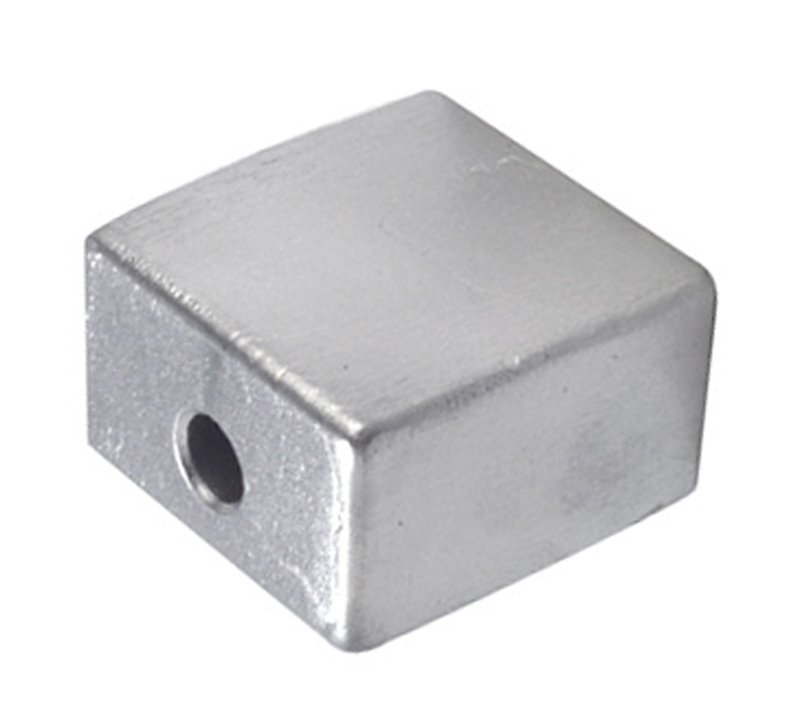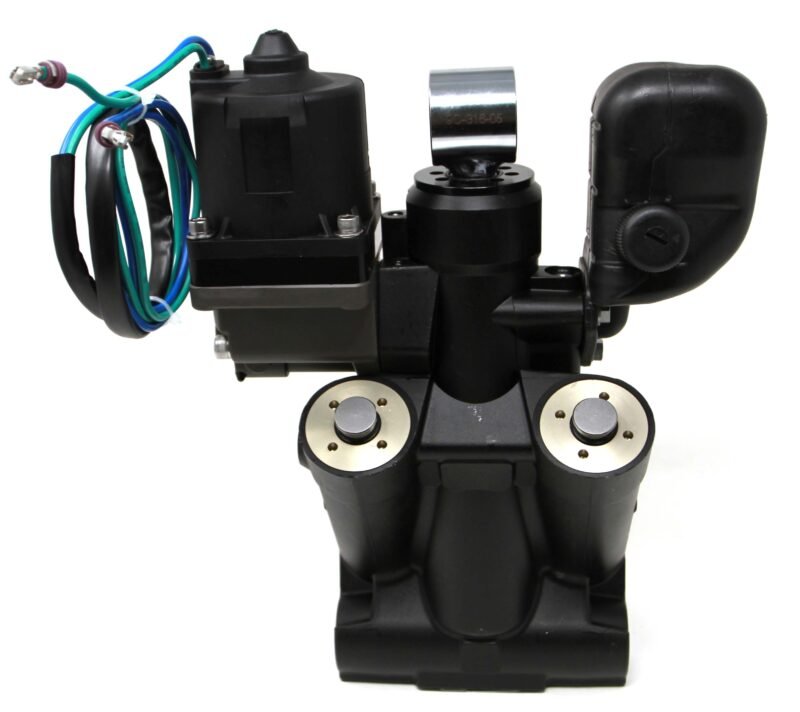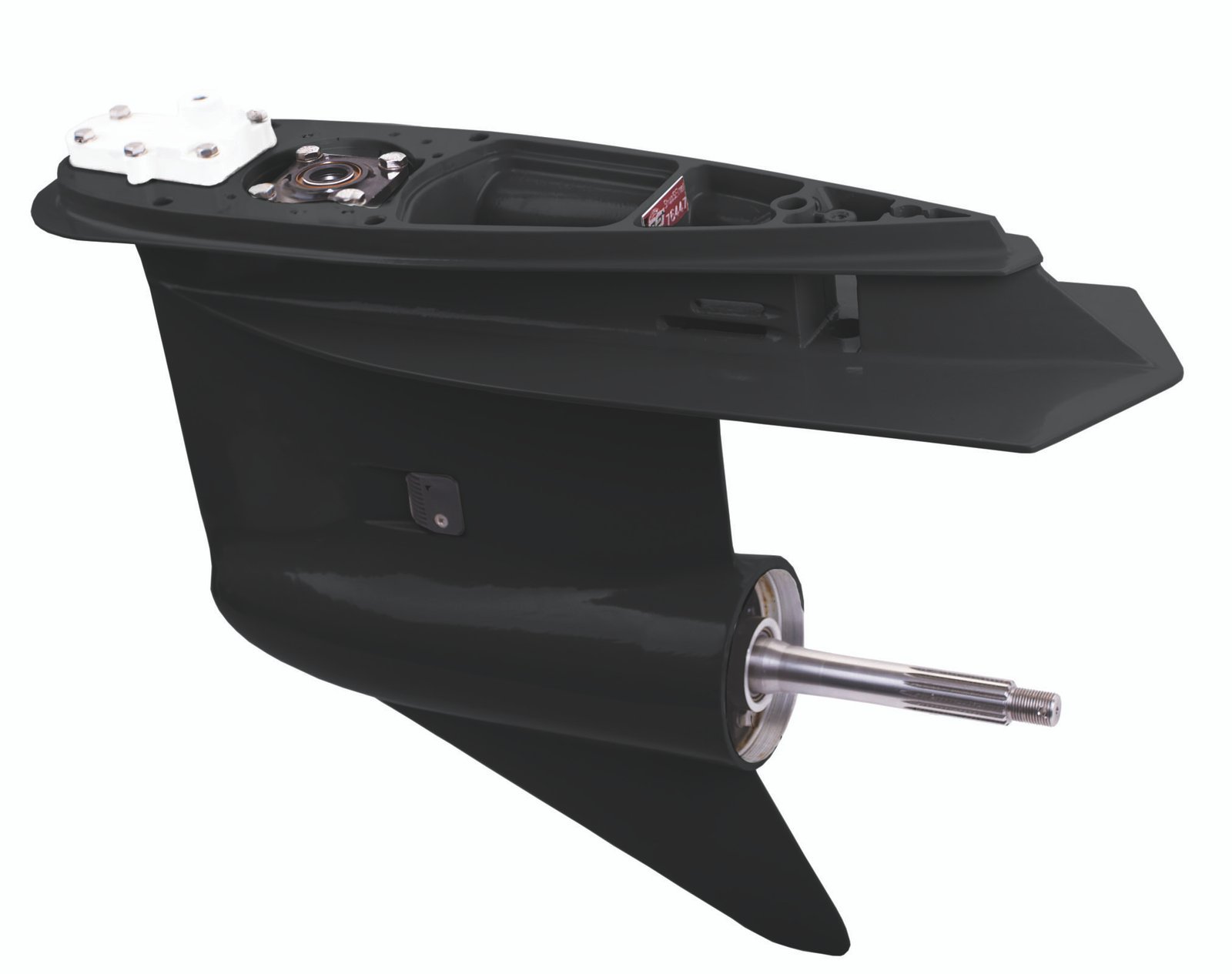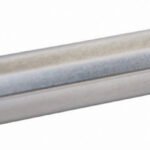
PIN, SHIFT LEVER, 400 SERIES
March 8, 2024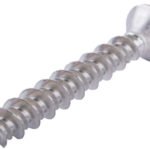
SCREW, WATER SCREEN
March 8, 2024
Description
- Corrosion Prevention: The threaded anode serves as a sacrificial metal component, designed to corrode preferentially to the metal it is protecting. By attaching the anode to vulnerable metal parts, such as hulls, propeller shafts, or heat exchangers, it helps to prevent corrosion and extend the lifespan of these components.
- Material Composition: Typically made from highly active metals such as zinc, aluminum, or magnesium, the threaded anode is engineered to have a more negative electrochemical potential than the metal it protects. This ensures that the anode corrodes first, sacrificing itself to protect the metal parts it is attached to.
- Threaded Design: The threaded anode features internal threads that allow it to be securely fastened to corresponding threaded fittings or mounting points on the surface of the metal component it is protecting. This ensures a tight and reliable connection, preventing the anode from coming loose or dislodging during operation.
- Installation: Installation of the threaded anode typically involves screwing it into place using appropriate tools such as wrenches or socket sets. The anode should be tightened securely to ensure good electrical contact and effective corrosion protection.
- Electrolytic Action: When immersed in water or electrolyte, the threaded anode undergoes a process known as electrolysis, where it releases electrons to the surrounding metal, effectively forming a protective barrier against corrosion. Regular inspection and replacement of the anode are necessary to maintain optimal corrosion protection.
- Environmental Considerations: The effectiveness of the threaded anode may vary depending on factors such as water salinity, temperature, and conductivity. Proper selection of anode material and size is essential to ensure adequate corrosion protection in different environments.

